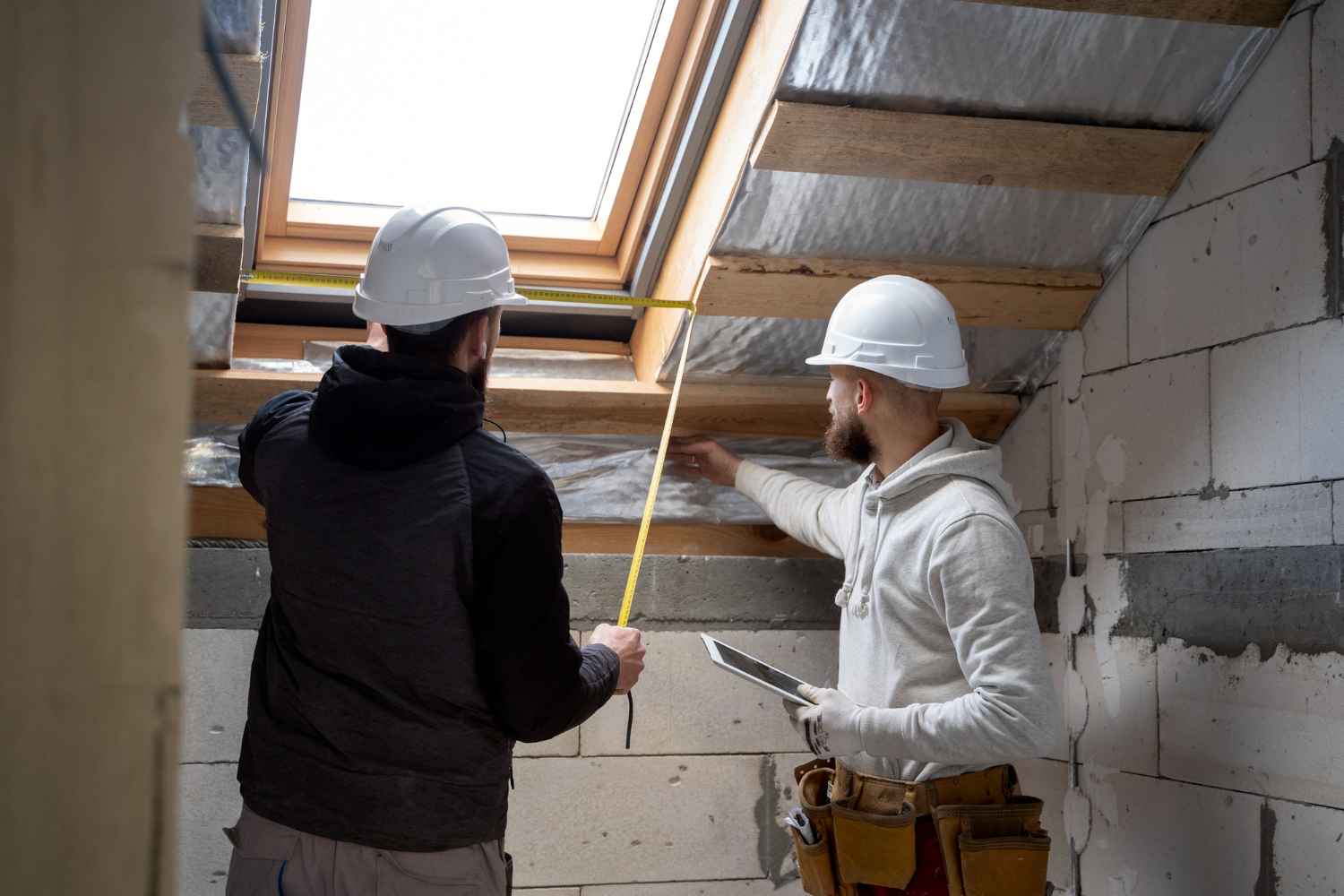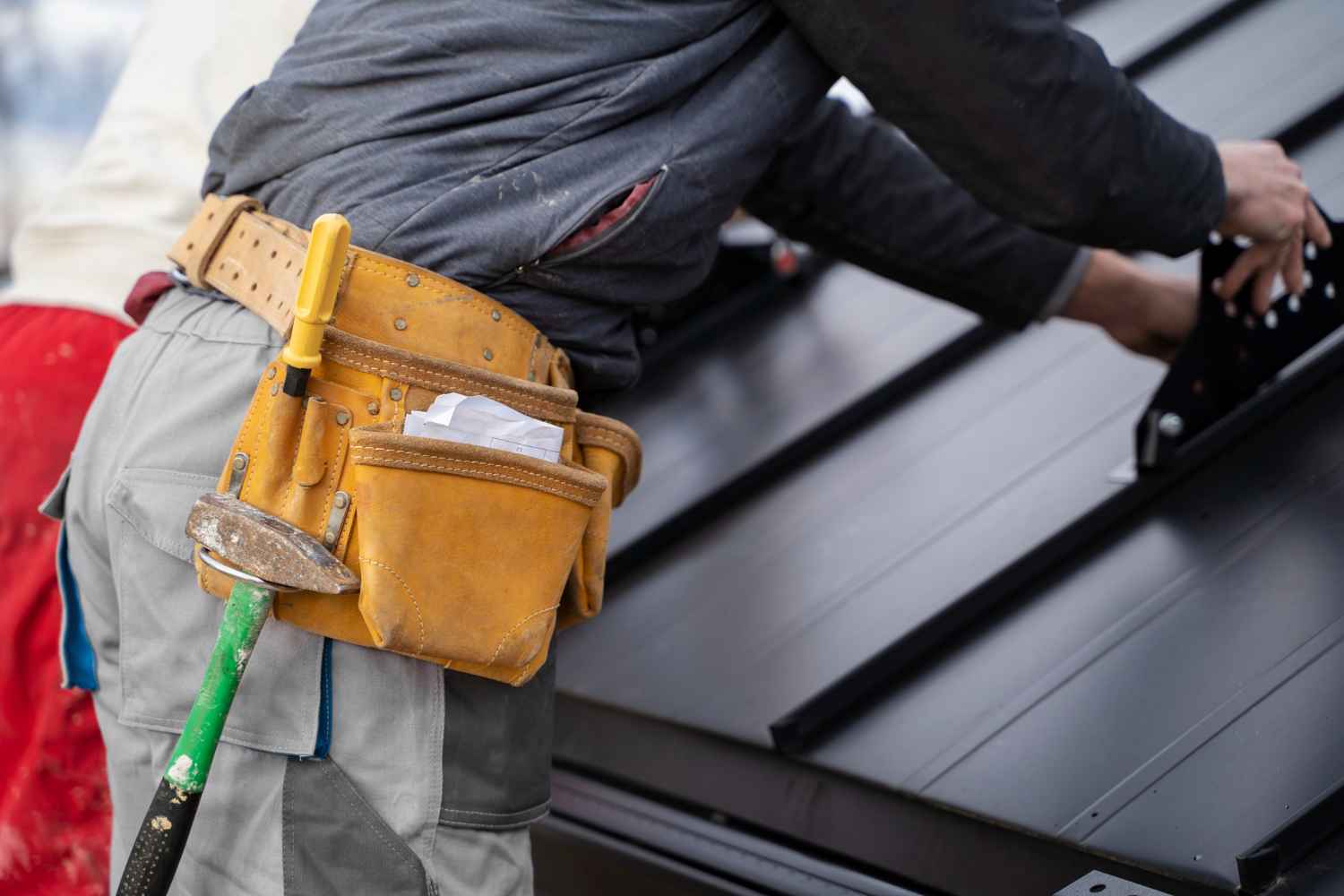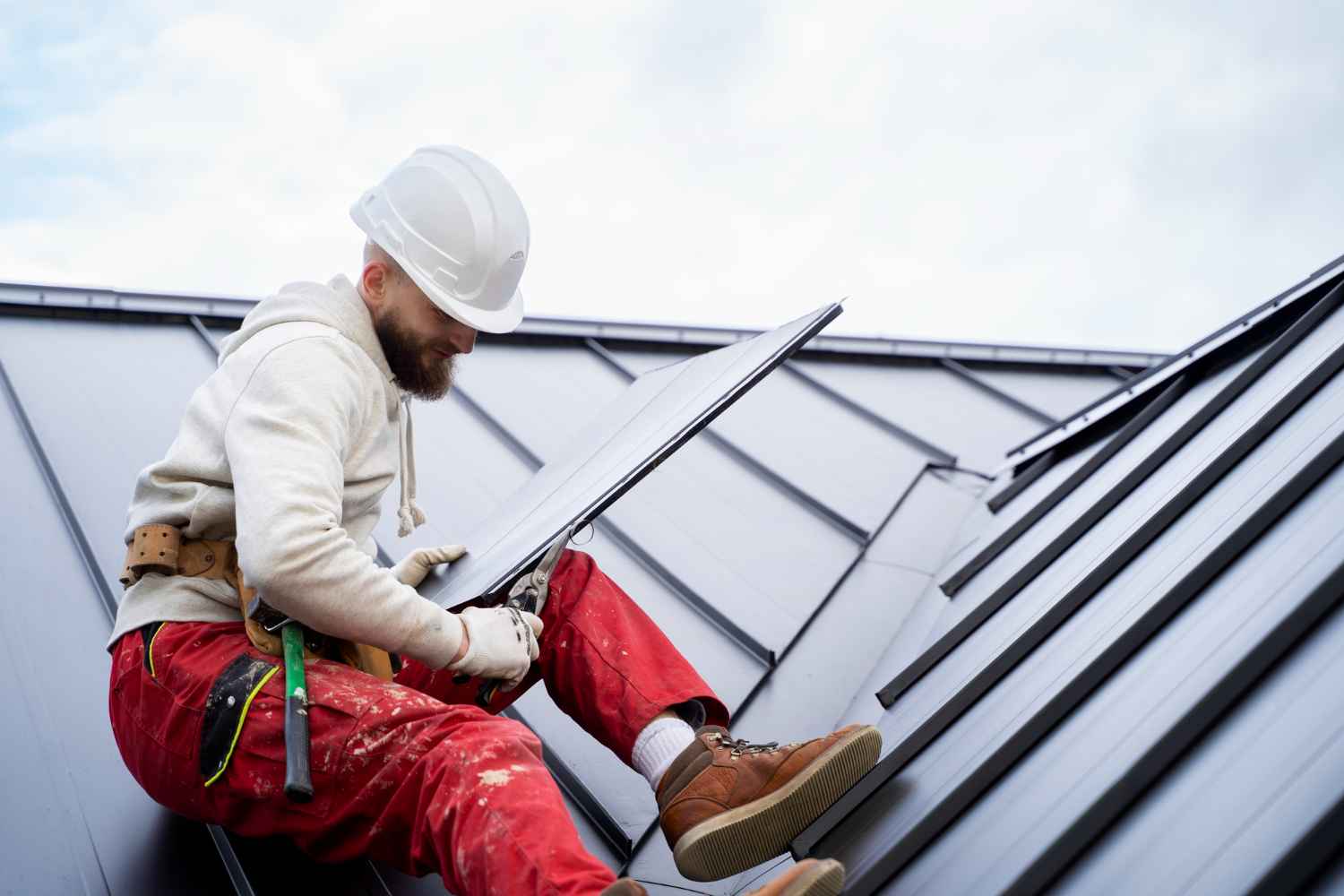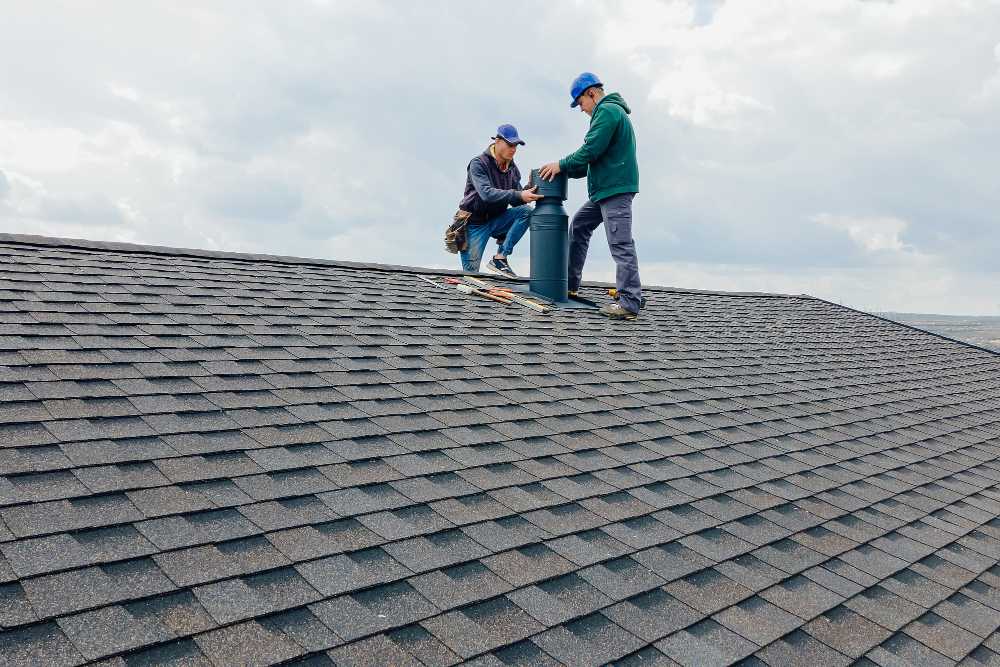Roof insulation is certainly an important element when it comes to energy efficiency. However, selecting the appropriate material, type, and technique is truly essential to ensure its effectiveness.
We’ll examine the best options for cold as well as warm roofs and guide you with the techniques to get the perfect installation. Here are some guidelines that can assist you in selecting the appropriate insulation depth and installation tools.
Understanding Roof Insulation
Roof insulation is a material that gets installed in roof space or between the roof structure and the ceiling. It is used to keep the temperature inside the building at a comfortable level by reducing the heat losses through the roof.
It means that roof insulation helps heating and cooling systems to work more efficiently, saving us money in terms of energy bills.
What is Cold or Warm Roof Insulation?
Cold Roof Insulation
- In a cold roof insulation setup, insulation material is placed between the ceiling joists (the horizontal beams that support the ceiling) to insulate the living space below from the cold temperatures.
- The loft or attic space is left unheated and vented to allow airflow, which helps prevent condensation buildup.
- This setup is commonly used in colder climates.
- Materials such as sheep wool, fibreglass wool, mineral wool, and rigid installation boards are suitable materials.
- Breathability, fire resistance, and ease of installation are general characteristics of cold roofs.
Warm Roof Insulation
- In a warm roof insulation setup, insulation material is installed above the roof deck, directly under the waterproofing layer.
- This method creates a thermal barrier that keeps the roof structure and the living space below at a more consistent temperature.
- Warm roof insulation is often preferred in milder climates where the risk of condensation is lower or in situations where the loft or attic space needs to be heated.
- Insulation boards, insulation slabs, and foil boards are commonly used for warm roofs.
- It supports easy installation.
Correct Depth and Right Tool for Roof Insulation
The UK government gives the advice that roof insulation should be 27cm deep at least to comply with the policy. Most of the newly built properties come with pre-installed insulation of adequate thickness. A critical point of achieving full efficiency is to be sure that insulation is of above-average depth.
Essential Tools for Installation:
- Air ratings
- Measuring tape
- Stapler or glue bonding (if insulation is foam type)
- Safety equipment like gloves and masks
- Ladder (if necessary)
- caulk sealant (for filling cracks).
DIY Method of Installation Roof Insulation
Preparation
- Make a list of everything you need to carry out your desired task.
- Make sure you wear protective equipment such as a hat, gloves, mask, and goggles.
Clear the junk and unnecessary stored items to get a safe and unhindered workplace.
Assessing Your Attic
- If you already have insulation, assess its condition. Decide whether to replace it with something that better fits your needs or purpose.
- Note down any given areas of the roof that may require particular attention, such as the vents, chimneys, and attic access points altogether.
Choosing Insulation Material
- R-value (resistance to heat transfer) should be considered according to your climate zone before selecting the material for your roof.
- Assess types of insulations, including fibreglass batts, foam board, and blown-in insulation in aspects of their effectiveness, costs, and installation processes.
Safety Precautions
- Make appropriate ventilation provisions in the attic’s space to keep mould, fungus, and harmful gases from building up.
- Be careful with fibreglass or other kinds of insulating material; put on gloves, masks, and goggles.
- Do not forget the fact that attics are often associated with electrical wiring as well as the wiring. Disconnect power to any electrical fixture, before any fixture is manipulated.
Measuring and Cutting
- Determine the room dimensions of the space and the distances between various roof elements or any other obstacles.
- Use either a utility knife or an insulation cut to cut the material you need, depending on the size of your own roof space. As for the length and the width, make sure it is accurate.
Installing Insulation
- Begin at the one end of the attic and move towards the other end, laying down just enough insulation for now. Afterwards, go back and lay the rest from the previous end to the next.
- Stack the insulation properly to avoid any damage. The intricacy and magnitude of your project will determine whether you should install insulation yourself or hire a professional. Before choosing, do your homework and thoroughly weigh the advantages and disadvantages.
- Use adhesive for fixing the foam board, and be sure you seal all the seams.
Securing Insulation
- With a staple gun, secure insulation at the edges through a careful process and do not smash the product.
- To fasten the boards of foam board insulation, use adhesive to attach it firmly to the roof deck, securing it from getting loose.
Sealing Gaps
- Check for places where insulation may have small gaps or holes.
- The gaps you see around insulation are the ones air may be able to escape from, so seal them properly.
Safety Checks and Cleanup
- Check the insulation in the attic making sure that they are not loose but properly installed and secured.
- Cover any electrical devices with an insulation compound or insulation box to deal with fire risks.
- Tidy the area in a well-organised manner before exiting the loft.
Conclusion
It is just with the right tools and skills that roof insulation can be installed to increase your home’s performance both in terms of energy and comfort. No matter the roof type you choose, great emphasis has to be put on the installation of high-quality insulation. Using the guide, you can install roof insulation without difficulty, as one of your DIY tasks.




